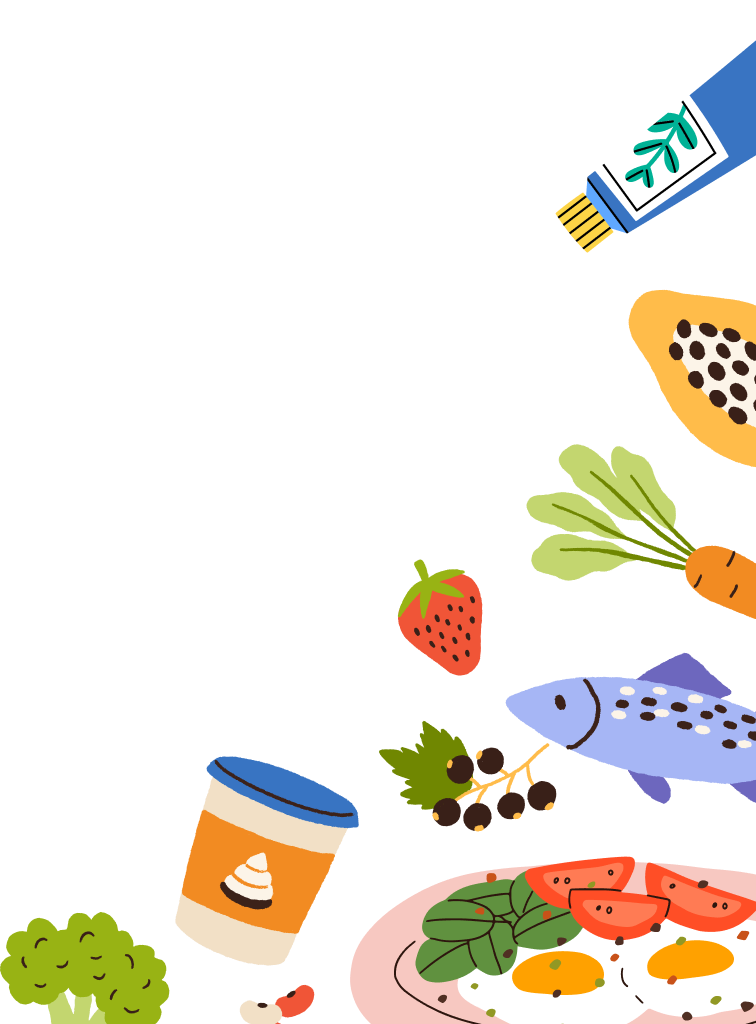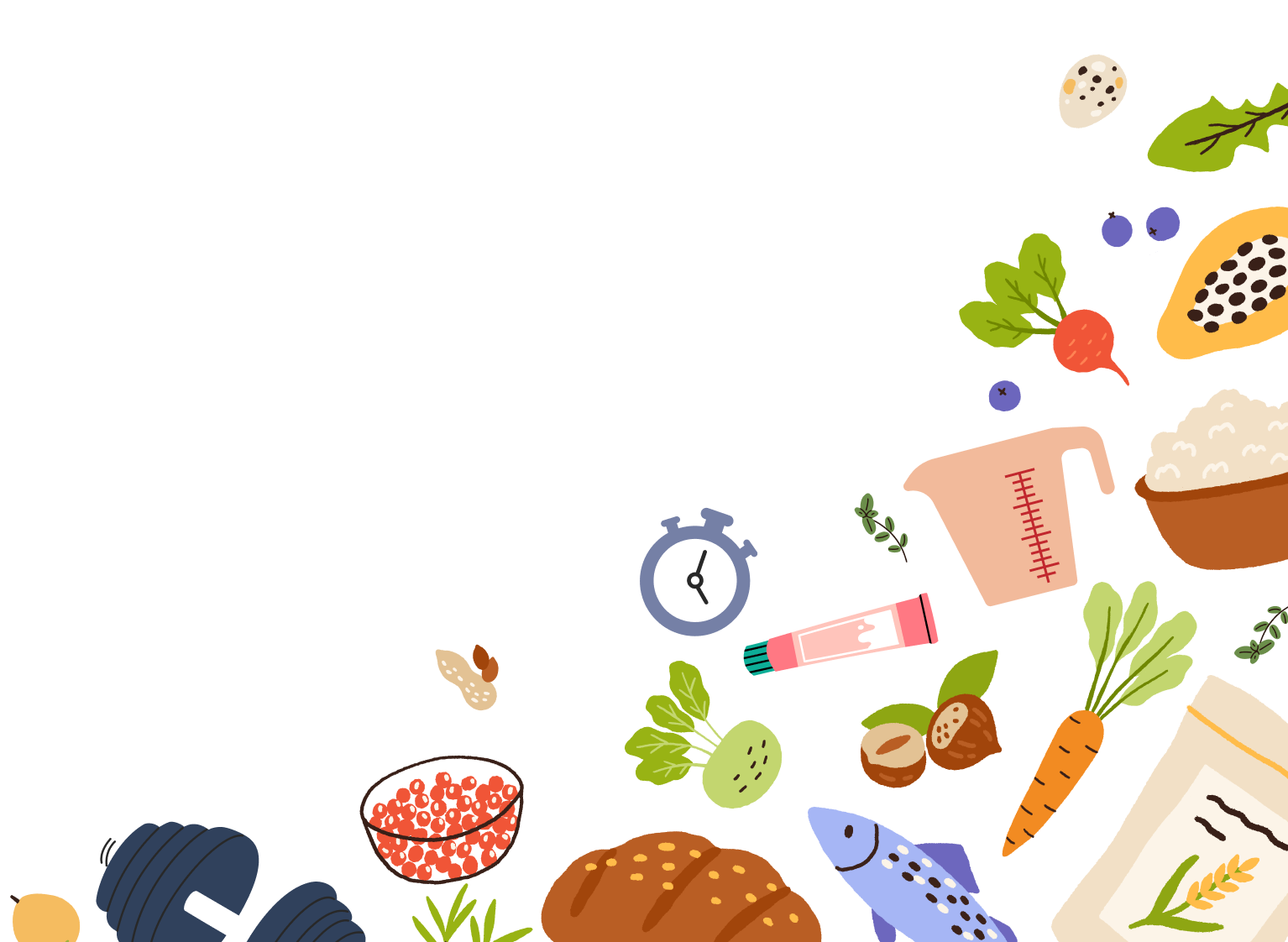Plant-Based Protein Power: Eating for Muscle and Satiety on a GLP-1 Medication
GLP-1 medications are being touted as a means to aid in quick weight loss. However, users need to know before they start a GLP-1 that taking these medications is not effortless. Intentionality in our diets and exercise is essential to ensure that we are nourishing our bodies while supporting our long-term goals. For plant-based eaters, this requires an extra layer of consideration to make sure we are getting enough protein.
Why is protein so powerful?
You might wonder why protein is such a big deal. There are three key reasons:
Protein and preservation: When we lose weight in a calorie deficit, our body does lose fat. But it can also lose muscle mass. This is exacerbated if we aren’t getting enough protein and/or aren’t being physically active to preserve or gain muscle mass while taking the medication.
Improved satiety: Protein helps to keep you satiated for longer, especially when compared to carbohydrate foods. Skipping protein can lead to more frequent grazing or bigger portions, working against calorie deficit goals.
Blood glucose control: When our body digests our meals and turns them into glucose, it takes longer to digest protein. This means that protein foods don’t raise our blood glucose as high, keeping our levels more stable throughout the day.
Protein needs: How much is enough?
Protein needs vary based on several factors, including age, weight, level of physical activity, and pre-existing health conditions. One standard calculation for protein needs on a GLP-1 is 1.2 to 2.0 grams of protein per kilogram of body weight per day. Another commonly suggested goal is to aim for a minimum of 100g of protein daily. While these are a good starting point, it is always best to consult your provider or dietitian for specific protein recommendations.
Plant-based sources of protein:
To build a plant-based diet with enough protein, it’s good to refresh our memory of how much protein is in certain plant foods.


Practical parameters for protein:
Plan in advance: Now it’s time to craft a diet that has protein spaced throughout. Depending on your recommended protein needs, aim for 20-30 grams of protein per meal and 10-15 grams of protein at each snack. This will mean some planning in advance, at least until you get some go-to meals under your belt.
Pair your proteins: Plant-based options don’t offer as much protein bang-for-your-buck as animal products. At each meal, you’ll need to pair at least 2-3 plant protein sources together to create a balanced meal. Here is an example meal:
Burrito grain bowl: ½ cup quinoa (4g protein) + ½ cup black beans (8g protein) + seasoned tofu (10g protein) + spinach and salsa. Total protein: 22grams.
Attack with snacks: If you struggle to get enough protein at three meals/day, try adding one to two protein snacks, such as trail mix, edamame, or roasted chickpeas.
Protein powder power: Despite planning, pairing, and snacking, you may need additional support. This is where protein powders and premade protein shakes can be helpful. Powders can be easily mixed into non-dairy milk, yogurt, pudding, or smoothies. The premade shake options are ideal for an on-the-go lifestyle or as a convenient snack.
Remember your resistance: Resistance training, that is! If you want to go beyond maintaining muscle and build muscle mass, you will need to incorporate some kind of strength exercise. Try lifting weights in the gym, using resistance bands, or doing bodyweight exercises. Just make sure you clear it with your physician first. Eating protein alone is not enough to build muscle; we also have to put in the work(out)!
Protein-rich and plant-based diets are not mutually exclusive. Just as with any worthwhile endeavor, taking the time to understand how the two can coexist will make a world of difference in your weight loss journey. Enjoy your plants, eat your protein, and exercise your way to a healthier you.






















Comments
Join The Conversation...